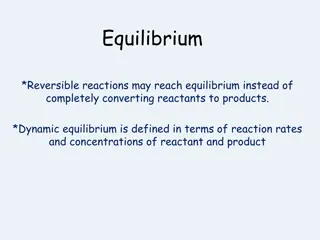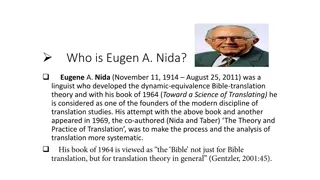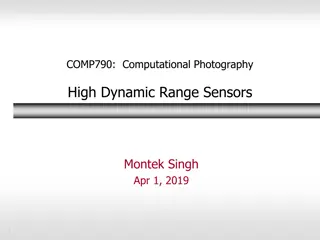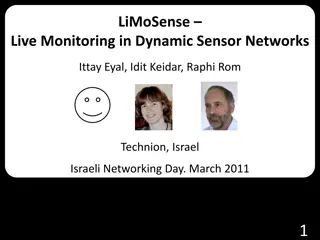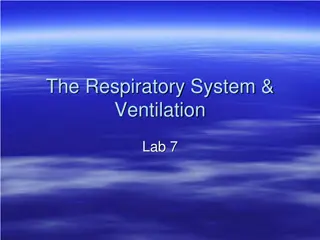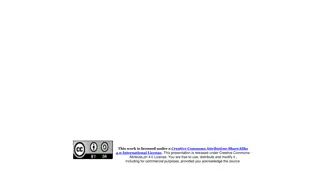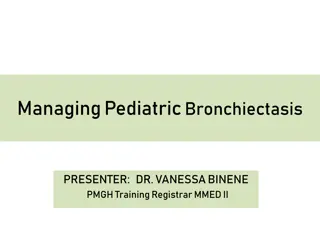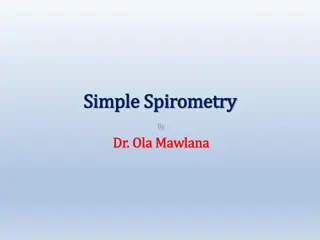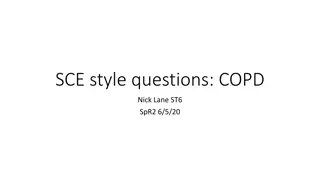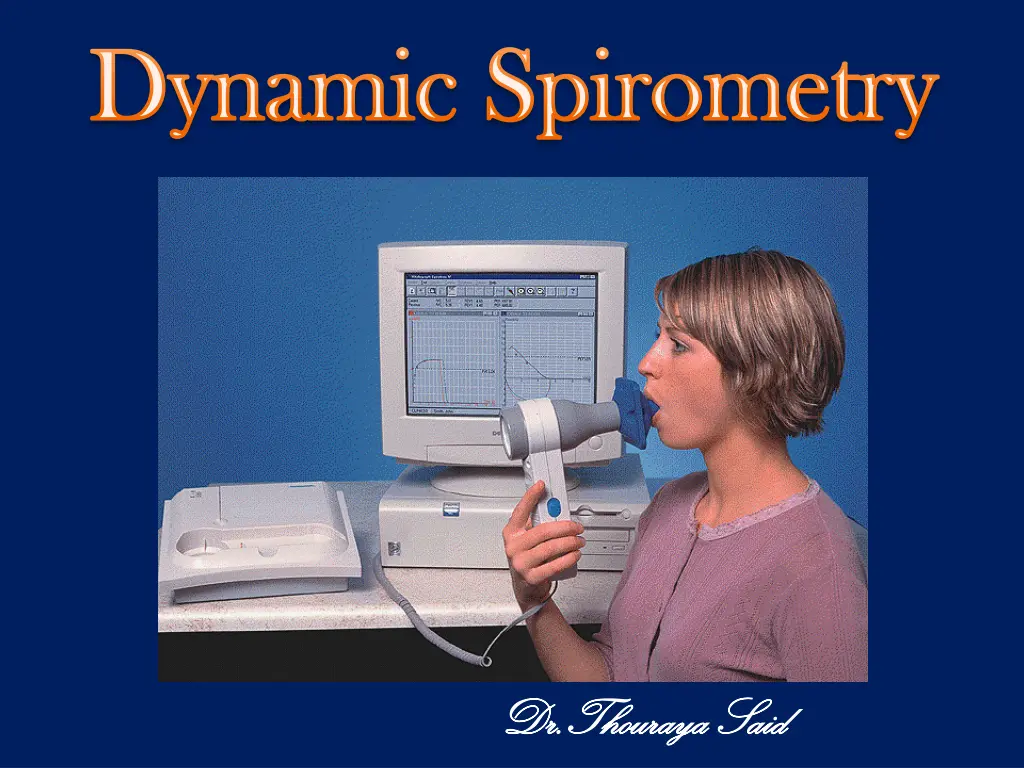
Understanding Spirometry Tests for Lung Function Assessment
Explore the world of spirometry tests, including dynamic and static assessments, to provide objective measurements of lung function. Learn about Forced Vital Capacity (FVC), Forced Expiratory Curve, FEV1, and how these tests help diagnose obstructive and restrictive lung diseases.
Download Presentation

Please find below an Image/Link to download the presentation.
The content on the website is provided AS IS for your information and personal use only. It may not be sold, licensed, or shared on other websites without obtaining consent from the author. If you encounter any issues during the download, it is possible that the publisher has removed the file from their server.
You are allowed to download the files provided on this website for personal or commercial use, subject to the condition that they are used lawfully. All files are the property of their respective owners.
The content on the website is provided AS IS for your information and personal use only. It may not be sold, licensed, or shared on other websites without obtaining consent from the author.
E N D
Presentation Transcript
Dynamic Spirometry Dr.Thouraya Said Dr.Thouraya Said
Spirometry It provides an objective measurement of lung function. It analyzes volume and velocity of expired air
Statictest Performed without regard to time Relaxed Vital capacity: Max Volume of air expired during relaxed expiration after a maximal inspiration
Dynamic test Performed at forcible and max effort against time Measures the rate at which the lung changes volume during forced breathing. Forced vital capacity The max volume of air that can be forcibly and rapidly exhaled following a max inspiration.
Forced Expiratory Curve The subject takes a maximal inspiration and then exhales as rapidly, as forcibly,& as maximally as possible. Duration of the forced effort: 3 5 sec A plot of exhaled volume against time:
FEV1 : Volume of air expelled in the 1st sec of forced expiration starting from full inspiration Plateau: FVC FEV1 % or ratio = (FEV1/FVC) * 100 Fraction of the VC expired during the 1st sec of a forced expiration (NL 70%-80%)
FEV1 is a useful measure of how quickly the lungs can be emptied. The ratio is a useful index of airflow limitation.
Normal Trace Showing FEV1 and FVC FVC 5 Volume, liters 4 FEV1 = 4L FVC = 5L 3 2 FEV1/FVC = 0.8 1 1 1 2 3 4 5 6 Time, sec
The curve helps obstructive LD Restrictive LD
Obstructive lung disease 5 A Expired Volume (l) 4 B FVC 3 2 1 0 1 2 3 4 5 Time (s)
Obstructive Disease Normal 5 FEV1 = 1.8L FVC = 3.2L Volume, liters 4 3 FEV1/FVC = 0.56 =56% 2 1 Obstructive 1 2 3 4 5 6 Time, seconds
Restrictive lung disease 5 A Expired Volume (l) 4 3 C 2 1 0 1 2 3 4 5 Time (s)
Restrictive Disease Normal 5 Restrictive Volume, liters 4 3 FEV1 = 1.9L FVC = 2.0L 2 1 FEV1/FVC = 0.95 = 95% 1 2 3 4 5 6 Time, seconds
5 A Expired Volume (l) 4 B 3 C 2 1 0 1 2 3 4 5 Time (s)
The normal and restrictive expire fully in 2 sec. The obstructive needs more than 2 sec, the curve rises slowly to reach its highest point. He may need more than 6 sec. He can or not get rid of all VC depending on the severity of the disease.
Volume Normal Obstructive Restrictive FVC 5 (3) or (5) FEV1 4 (2) (2.7) (40%) ( airflow) or (90) (Normal airflow) FEV1% 80%
Results interpretation Results are reported as absolute values (litre) ,and as percentages of predicted values based on age, height, sex, ethnicity. Normal: Both FVC and FEV1 75% of predicted If any of FVC and FEV1 is < 75% of predicted, calculate FEV1 ratio: FEV1% 70% ------ Restrictive FEV1% < 70 % ------ Obstructive
Flow breathes normally (TV) Volume loop rapid max inspirato max inspirato Exhales Fast
This measures exp & insp flow as a function of exhaled volume rather then against time. Maximum expiratory flow (PEF) Expiratory flow rate L/sec FVC RV TLC Inspiratory flow rate L/sec Volume (L)
Measurements on flow V loop PEFR : Greatest flow achieved during the maneuvre = 6- 12 l/sec PIFR = max flow speed achieved during forceful inspiratory effort=6 l/sec MEF50: max expiratory flow at 50% of FVC = 4-6 l FVC measured over the X-axis
Maximal Flow The inspiratory and the 1st early expiratory flow rates (flows generated near the TLC) are effort (muscle) dependent: the greater one can raise pleural pressure (the harder one forces the air out), the greater the resulting air flow.
Obstructive LD MEF50 Effort independent part of curve: concave (Curvilinear) PEFR normal or in severe cases Inspiratory loop Normal
Restrictive LD Miniature loop (elliptical) All flow parameters
Importance of spirometry Assess physical fitness. Helps in the diagnosis of certain pulmonary diseases (obstructive & restrictive). Follow disease progression.




